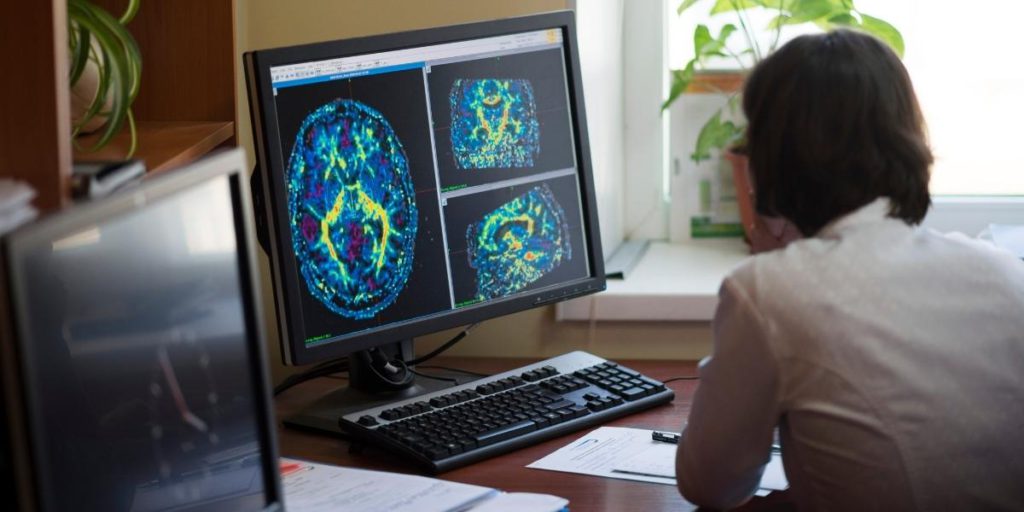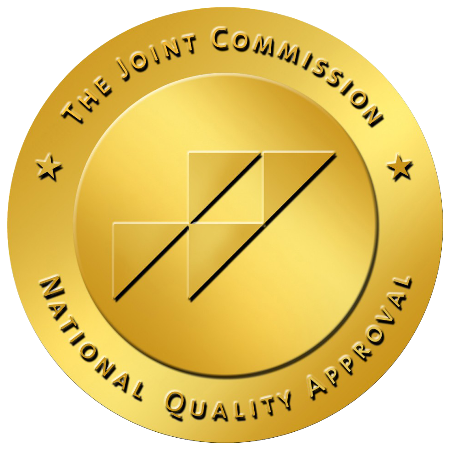EMDR Therapy: What Is it and How Does it Work?

In the late 1980s, Dr. Francine Shapiro began studying people’s physical reactions while recalling upsetting memories; rapid eye movements were the most common symptom in patients during traumatic stress studies.
From these observations, Shapiro developed Eye Movement Desensitization and Reprocessing, or EMDR therapy, and the Adaptive Information Processing (AIP) model, combining guided recollections of disturbing events with outside stimuli to help the brain process them in different, less upsetting ways.
The United States Department of Defense (USDDOD), the United States Department of Veteran Affairs (USVA), and the American Psychological Association (APA) were some of the first to embrace EMDR as an effective treatment for post-traumatic stress disorder (PTSD).
As mental health professionals increased their understanding of EMDR, it has effectively treated various mental health conditions.
Some of the conditions EMDR has successfully treated include:
- Anxiety disorders
- Panic disorders
- Phobias
- Disassociative disorders
- Post-traumatic stress disorder (PTSD)
- Depressions
- Eating disorders
- Chronic pain
- Sleep disorders
- Sexual assault trauma
- Substance use disorders
- Self-harm behaviors
- Traumatic memories
In many cases, EMDR was enough to alleviate most of the symptoms. Still, in more severe or prolonged cases, other, more traditional talk therapies are used in conjunction to ensure the best outcome.
What Does EMDR Stand For?
EMDR stands for Eye Movement Desensitization and Reprocessing, an interactive psychotherapy developed to help people overcome the negative thoughts, emotions, and body sensations resulting from traumatic memories and disturbing events.

What Is EMDR Therapy?
Eye Movement Desensitization and Reprocessing (EMDR) is a therapeutic process that changes how your brain processes and reacts to memories of distressing events.
EMDR involves eight phases over six to twelve weeks, with each session lasting about 90 minutes, and combines trauma processing and external stimulation.
The EMDR process targets the upsetting memory and resulting negative thoughts, feelings, and sometimes physical reactions; and engages the brain’s natural healing process to help it re-process the memory in more constructive, healthy ways.
Unlike talk therapy, EMDR doesn’t involve discussing details or analyzing the actual event at length; instead, it focuses on resolving a targeted memory and the after-effects and reactions.
EMDR doesn’t erase or alter memories; instead, it changes the evaluation and perception of the memory, making it easier to cope with and manage.
How Does EMDR Work?
Traumatic memories and life experiences are stored differently in the brain than other events and recollections. EMDR works to reformat how the brain and body recall and react to those memories and move them to a “safer” part of the brain that won’t trigger adverse reactions.
People who have experienced intense, dangerous, and sometimes violent situations will have that memory seared into their brains and remain “frozen in time” when they recall it and relive the feelings and reactions as though it is happening for the first time all over again.
Things like locations, sounds, smells, words, or events can act as triggers or stressors that cause flashbacks and fight or flight responses.
The human brain relies on order and processes to correctly classify memories and manage mental and physical reactions. The effectiveness of EMDR in treating trauma comes from how it activates those processes.
Using a light bar that moves rhythmically from side to side for the patient to look at and track, the therapist will guide them through recalling their distressing memories.
The main idea is that the brain is occupied keeping time with the stimuli, so it cannot give as much attention and effort to reacting to the upsetting memories, which reduces their impact and helps the brain reorganize and properly process and store them.
The EMDR therapist will talk through the memory using an approach strategy, rather than avoidance, to help reframe negative associations and feelings into positive beliefs.
For instance, someone robbed at gunpoint may revert to feelings of shame and embarrassment for not being able to defend themselves. After being engaged in EMDR, those feelings can change into positive beliefs like “I did the smartest thing I could to stay safe” or “I protected myself.”
Through eight distinct and carefully managed phases, EMDR retrains your brain and thought processes to overcome the worst aspects of your conditions.

Phases of EMDR
Dr. Shapiro divided EMDR therapy into structured phases to ensure a straightforward, systematic process guaranteeing progress could be made quickly and evaluated clearly.
There are eight phases of EMDR therapy:
Phase One: History Taking and Treatment Planning
You and your therapist will discuss your history and previous treatments and decide what memories and behaviors need addressing. Your doctor will help you set goals and expectations for what you want to achieve through EMDR therapy.
Phase Two: Preparation
The therapist will walk you through each stage of EMDR and what to expect. They will also help establish stress management techniques to ensure that you always feel in control of the session and develop ways to manage any discomfort or disturbing emotions you encounter.
Phase Three: Assessment
This phase is when you and your therapist decide which memory you are focusing on and what images, intrusive thoughts, negative beliefs, and harmful behaviors the memory brings up. You will also establish positive views to focus on to counteract the negative.
Phase Four: Desensitization
The EMDR therapist will guide you through bilateral stimulation, which might include eye movements, taps, audio tones, or blinking lights, while you focus on the chosen memory. As you let your mind go blank, you will verbalize any feelings and thoughts that arise. Your therapist will evaluate your response to decide whether you need more time on this specific memory or move forward.
Phase Five: Installation
Through stimulation and verbal affirmation, you install positive beliefs and feelings to overcome the previously negative ones identified in phase three. Some people must repeat phase five several times depending on how strong the intrusive thoughts are.
Phase Six: Body Scan
The patient will undergo a full-body scan to detect any physical reactions to upsetting memories, such as tension, pain, or twitching. If there are remnants of physical responses, your therapist will repeat the previous phases until there are no more reactions.
Phase Seven: Closure
At the end of each session, your therapist will explain what to expect between sessions and how to maintain your progress and balance until your next session.
Phase Eight: Re-evaluation
At the begging of each session, you will discuss any memories and feelings that came up between meetings; if none from the previously addressed memory came up, you move on to the next memory. Steps four through seven will be repeated until the therapist and patient have reached their goals.
Benefits of EMDR
The main benefit of EMDR therapy is that it takes less time than other therapies to achieve lasting results and doesn’t involve intense analysis of traumatic memories to overcome them.
In one study, 91% of patients who underwent EMDR therapy for PTSD remained symptom-free during follow-up, compared to 71% of patients who had received medication for their condition.
In some cases, EMDR is all a person needs to heal from the past; however, even if other treatments and therapies are required, it helps to clear intrusive and disturbing thoughts, so different approaches can be more effective.
EMDR Treatment
For people struggling with addiction or an inability to control their reactions to situations, EMDR can be a helpful first step toward recovery.
At Northridge Addiction Treatment Center, we address addiction and co-occurring disorders to treat the whole person. We use several evidence-based addiction treatment therapies, including EMDR therapy, to ensure a lasting recovery.
Our goal is to help residents build a strong, meaningful foundation with the confidence and skills necessary to stay on a life-long path in recovery.
Reach out today to talk with our caring treatment specialists to find out how Northridge Addiction Treatment Center can be your opportunity for a new life.
Find Meaningful Recovery
Our caring and compassionate specialists are eager to help you comfortably navigate this journey to recovery. Our individualized treatment plan, programs, and therapies may be a perfect match for you or your loved one. Let us assist you in living the happy life you deserve. It starts with a phone call.




